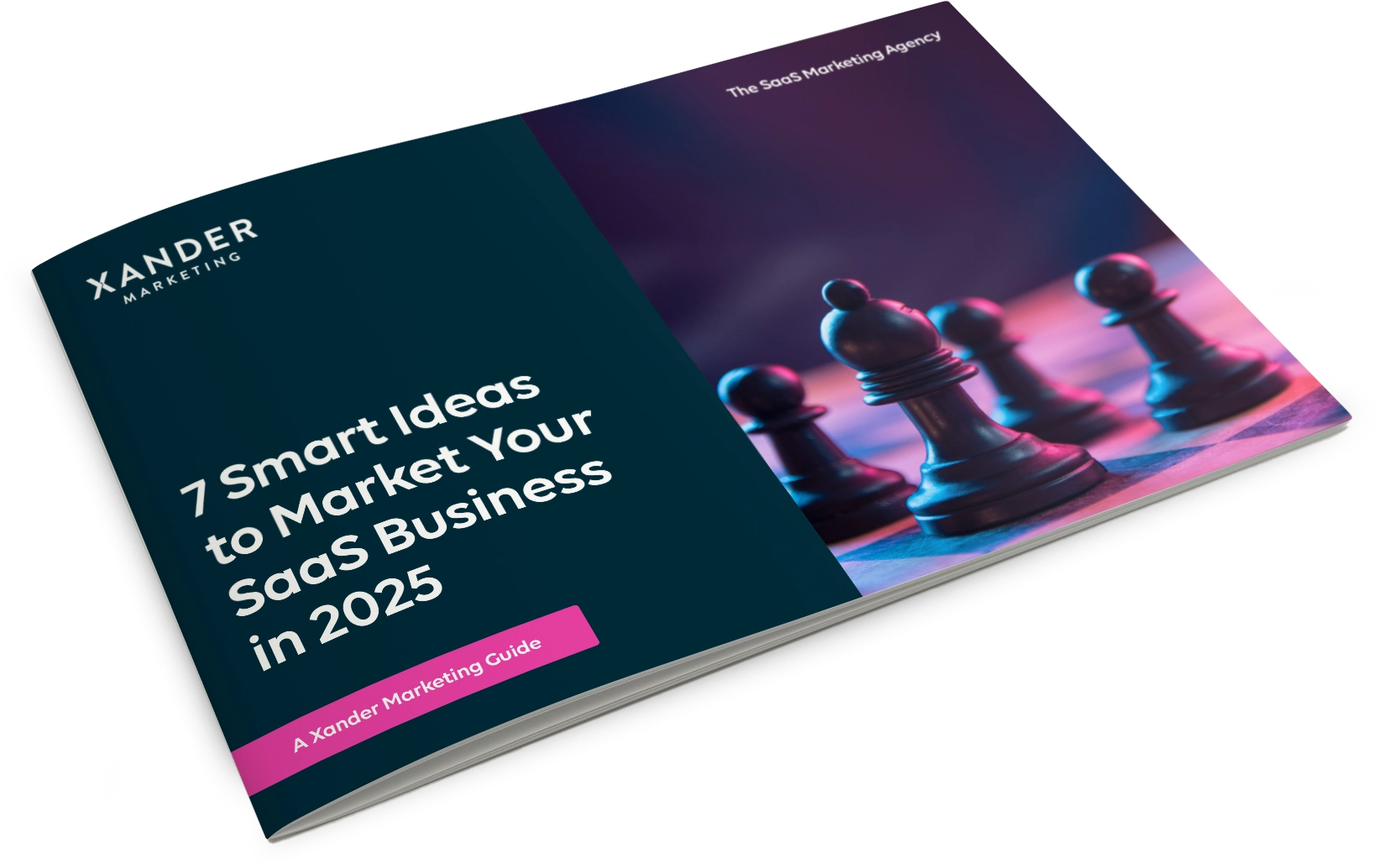How to work out ROI from marketing SaaS
10th November 2018
So how do you work out the ROI of SaaS Marketing?
Many SaaS businesses ask this, believing marketing is a dark art or just ‘fluffy, brand building’. It’s also surprising how many people believe marketing is an optional business activity. However, it’s a fact that marketing is a major component of any MBA programme. And just like any other, a successful SaaS business needs to have a good idea of the numbers.
Luckily for online software businesses much of the data we need is locked into the systems and processes we use. Online, digital marketing channels, the pivotal role of the website and standardised pricing mean SaaS businesses find it easier than most when it comes to measuring the effects of marketing activity and determining Return on Investment.
Recurring revenue
Where SaaS businesses charge a monthly or annual fee it is easy to see the Monthly Recurring Revenue (MRR) and Annual Recurring Revenue (ARR) for a new customer.
This lets us easily see a Year One projection of what a customer is worth. Retention over a longer period may be highly desirable. However, Year One gives us a good starting point. For some this may be £60,000/year, others £250/year.
How many customers do we want?
Next, we need to put a number on how many customers we want to acquire over the next year and multiply that number by the ARR. This gives us the Return part of ‘Return on Investment’.
Lead to Sale conversion rate
Many SaaS businesses convert leads generated by enquiries from the website, booking demos or free trial sign-ups into customers. How many leads do you typically need to acquire one customer?
Multiplying the number of leads required to convert one customer by the number of customers a month you wish to acquire gives a monthly lead target. This lets you determine the marketing that is required to hit those lead numbers and identify how much marketing is required, the Investment part of ‘Return on Investment’.
Equipped with our two key numbers, hopefully we can see the return is many multiples of the investment!
Let’s put this into practice: SaaS Marketing ROI example
Calculating the Return
‘The Really Good Online Cloud SaaS Company’ prices its product at £500/month and it wants to acquire 120 customers in 2018.
- MRR from one customer: £500/month
- ARR from one customer: £6,000/year
- Number of new customers in 2015: 120
- MRR from 120 customers: £60,000/month
Annual Return from 120 customers: £720,000/year
Calculating the Investment
- Lead:Sale conversion ratio: 3:1
- Number of customers required a month: 10 (120 annual divided by 12)
- Number of leads needed a month: 30
- Marketing activity to get 30 leads a month: Website, SEO, Google Ads, Content, Email marketing, Social media, PR etc
- Monthly marketing investment to get 30 leads a month: £5,000 (£3,000 services, £1,500 PPC, £500 advertising)
Annual marketing investment to convert 120 leads into customers: £60,000
ROI: £720,000/£60,000 = 12:1
Use our SaaS Marketing ROI tool to work out your own ROI
To make it even easier for you to calculate your SaaS business’ ROI we’ve created a spreadsheet. Simply fill in 4 numbers and get your ROI. Click here to download the SaaS ROI calculator.
Hit the ROI numbers you need with Xander Marketing
We’ve worked with SaaS businesses for years and have the expertise to help you hit the numbers you need see the Return on Investment you require. Call Xander Marketing today on +44 (0)330 223 2770 and find out how we can help, or request a free 30 minute marketing consultation.





